Salt Guide: Types & Uses In Cooking
This salt guide breaks down the different kinds of salt: kosher salt, Himalayan pink salt, flaky sea salt, fine sea salt, mineral salt, and table salt, and when to use each one in the cooking process.
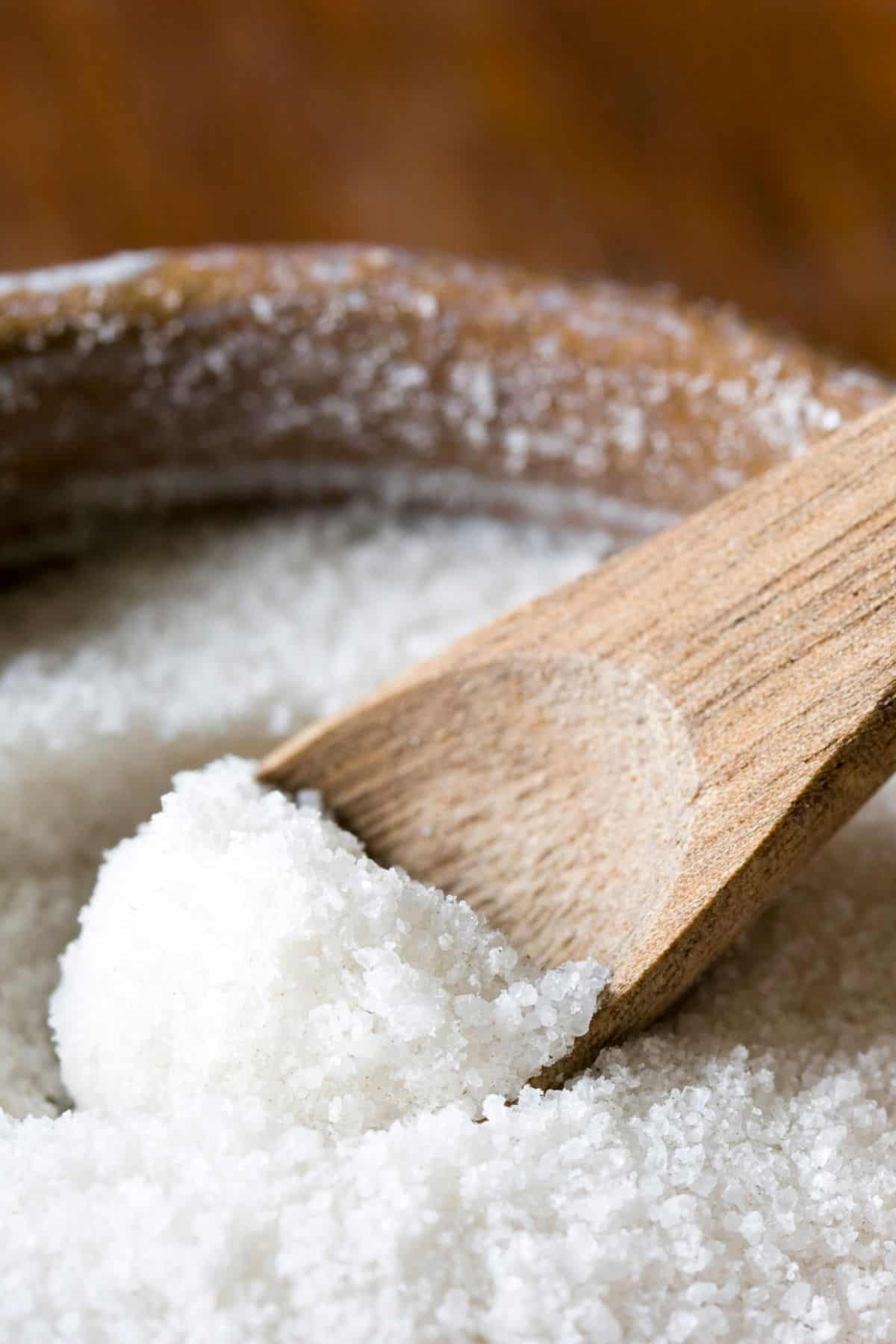
What is Salt?
Salt, also known as sodium chloride, is a naturally occurring mineral. It comes from two main sources: ocean water and rock salt deposits found in dried-up lakes and seas. It’s been used for thousands of years to flavor and preserve food.
When used properly in cooking, it brings out the natural flavors in food, balances out sweetness, and enhances the flavors and aromas of other foods.
The type of salt you use in cooking greatly affects the outcome of your dish, which is why it’s so important to know the different varieties.
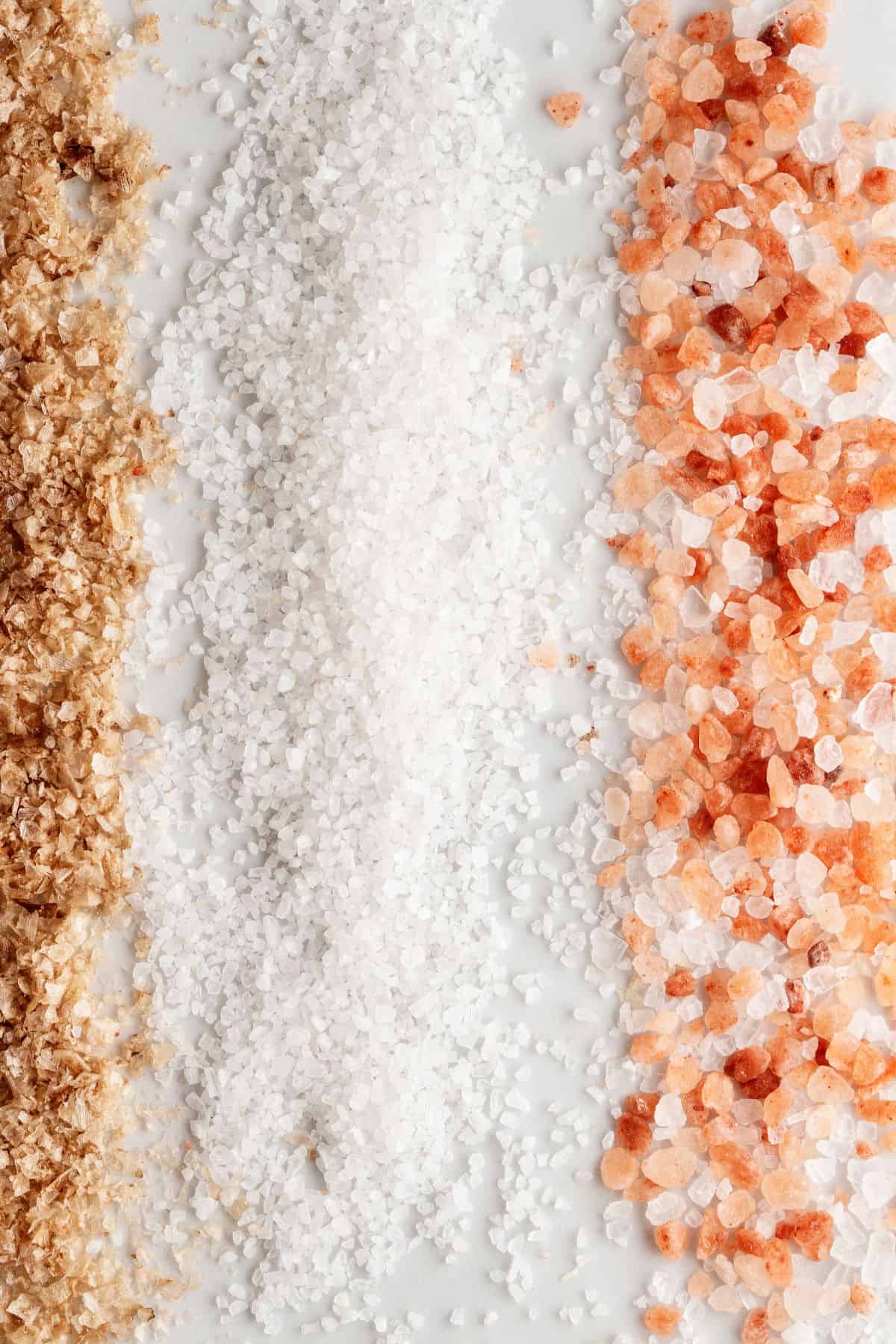
Different Types of Salt
Have you ever followed a recipe exactly as written, tasted the dish, and nearly spit it out because it was so salty? Was it a typo? What happened?
A different type of salt was likely used, which yielded a completely different result. Each variety of salt varies greatly depending on the size of the salt crystals. Some salt has larger crystals and some has smaller crystals with more density. More density means it’s going to have a saltier flavor.
Kosher Salt
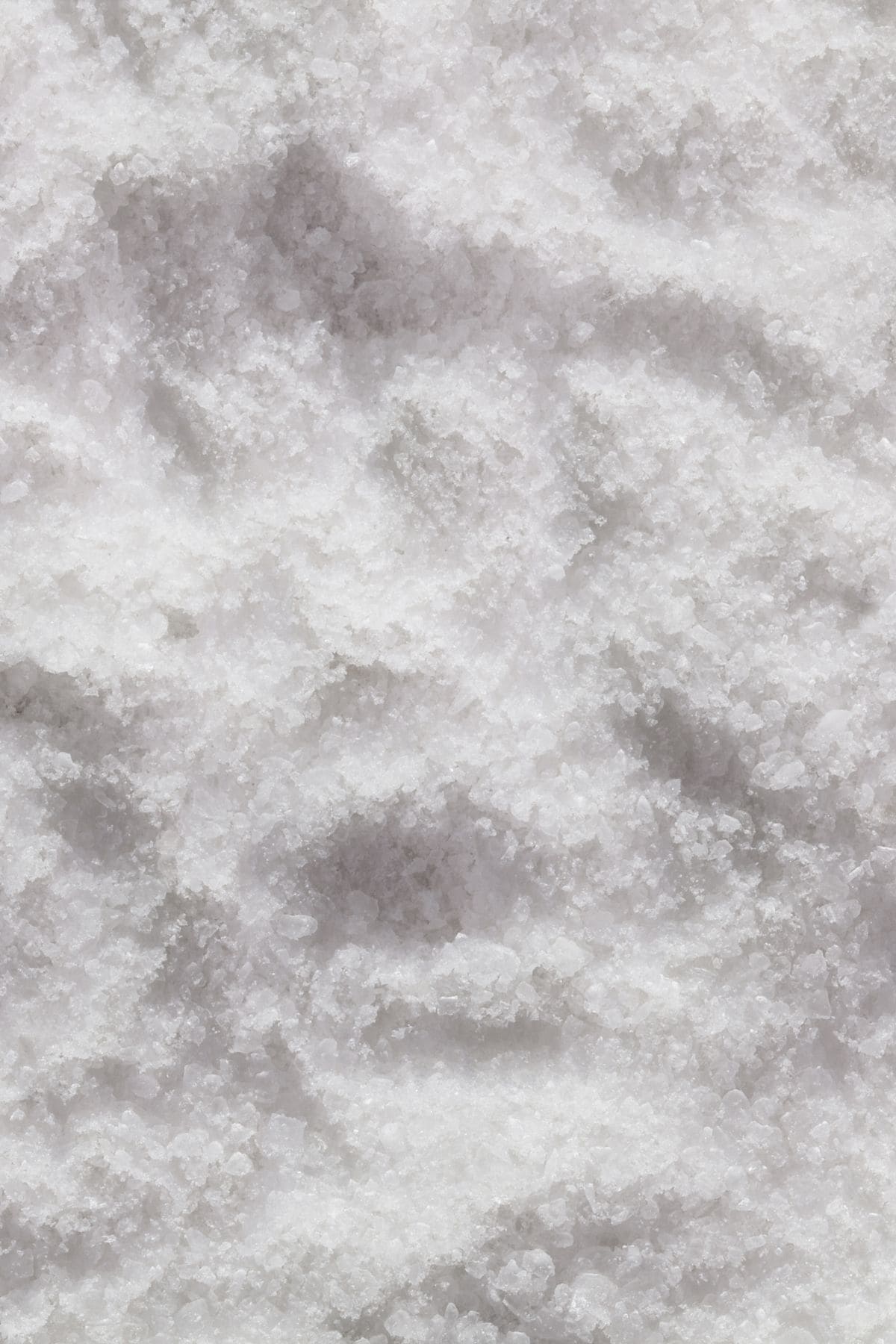
Kosher salt is pure salt from salt mines and doesn’t contain iodine. The name comes from the Jewish tradition of koshering meat.
Kosher salt has large crystals, a coarse texture, and a mild flavor. Its large crystals allow it to absorb and draw out more moisture than other salt types and because of its mild, clean flavor, it provides a more balanced flavor to your food. It emphasizes the natural flavors of food and is a great everyday salt.
When to use: Use for seasoning and curing meat, adding to pasta water, and any time during the cooking process.
What to know: There’s a huge difference between kosher salt brands because of the different sizes of crystals. The two most common brands of kosher salt in the U.S. are Diamond Crystal (red box) and Morton (blue box).
To avoid overly-salted food, and have more control of the flavor in your cooking, use the Diamond Crystal brand. Morton has denser salt crystals making it nearly twice as salty as Diamond Crystal, plus they also use an anti-caking agent in their salt. So, if a recipe calls for 1 teaspoon of diamond crystal, you’ll only need 1/2 teaspoon of Morton Kosher to start with.
Flaky Sea Salt
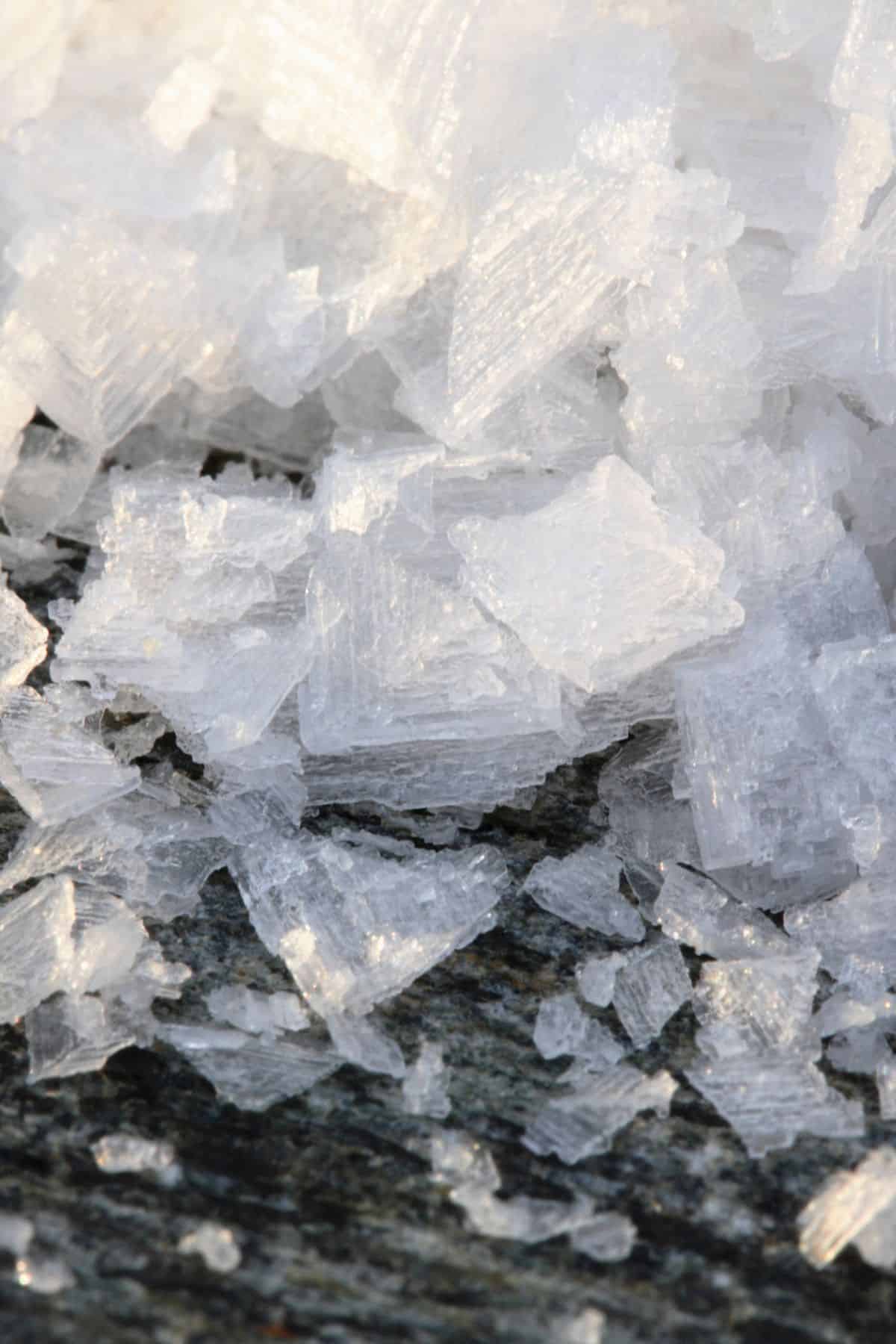
Sea salt flakes are made through an evaporation process of evaporating seawater into a thin layer that is then flaked apart before being packaged. There are two popular brands of flaky salt: Maldon and Fleur de Sel.
Maldon flaky sea salt is what’s called a finishing salt. It has pyramid-shaped crystals with a clear and fresh taste. It’s the perfect accompaniment to a finished dish.
Fleur de sel is a delicate salt with a slightly briny flavor and is known as the caviar of salts. It has paper-thin crystals and is recommended as a finishing salt only.
When to use: Use at the end of a dish. Once a meal or dessert has been cooked, use your thumb, index, and middle finger to pinch the salt, then rub your fingers together to crush the salt flakes over the food right before serving.
What to know: Use to top salads, cooked fish, fruit, cooked vegetables such as air fryer butternut squash or blistered shishito peppers, or desserts like oat milk hot chocolate, dairy free apple crisp, dairy free caramel sauce, or date snickers to balance the sweetness. It’s also amazing on popcorn.
Table Salt
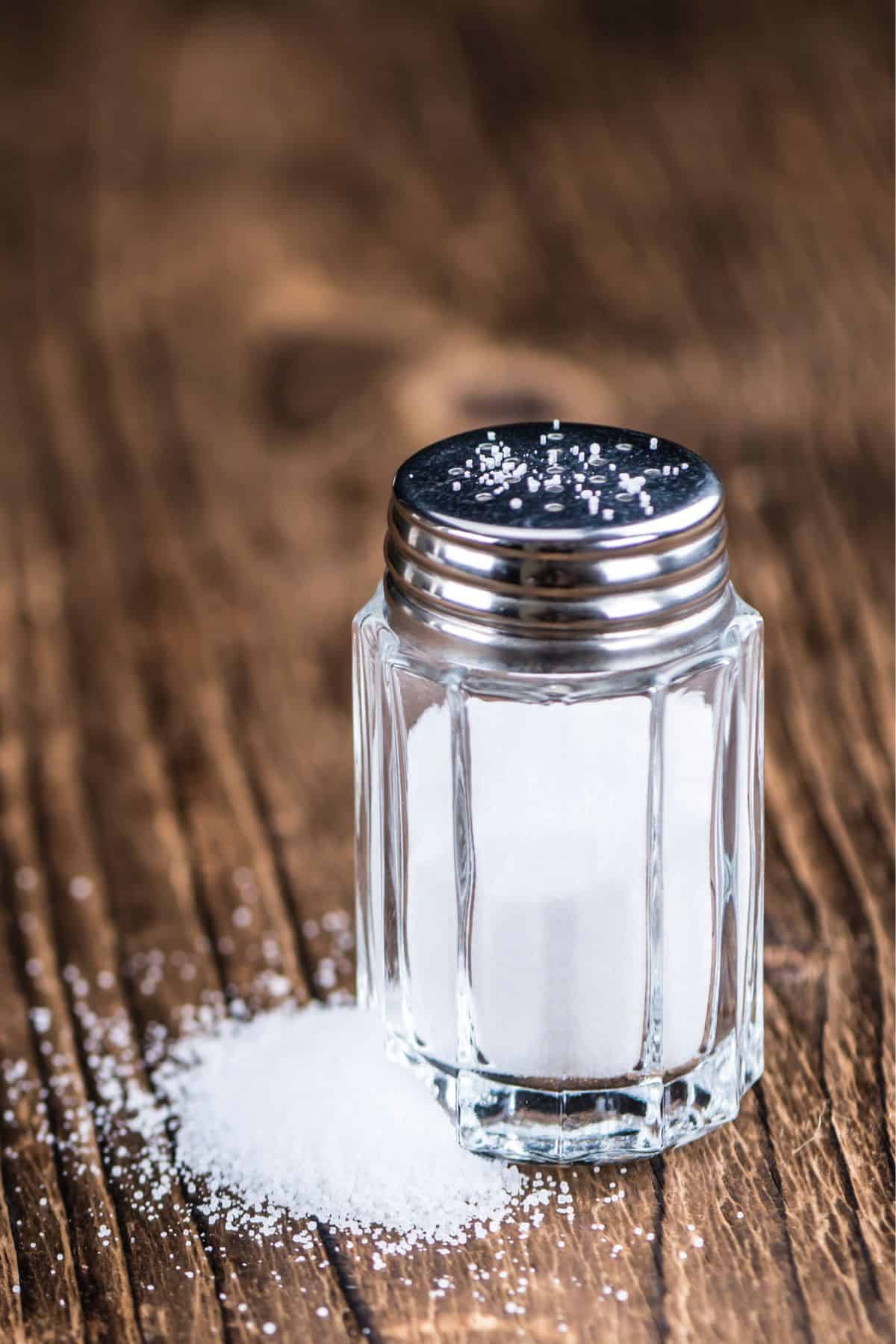
Table salt, or salt, is mined from salt deposits. It’s most commonly found in salt shakers and packaged foods and is the most processed salt of them all. Table salt has a small grain size and contains iodine and anti-caking agents. It has a very salty flavor due to the small salt crystals, which means you can easily oversalt your food.
Because of these reasons, I don’t recommend cooking with table salt. The other varieties in this guide are much better options.
What to know: Many chefs don’t use table salt because of its chemical-like taste due to the additives.
Pink Himalayan Salt
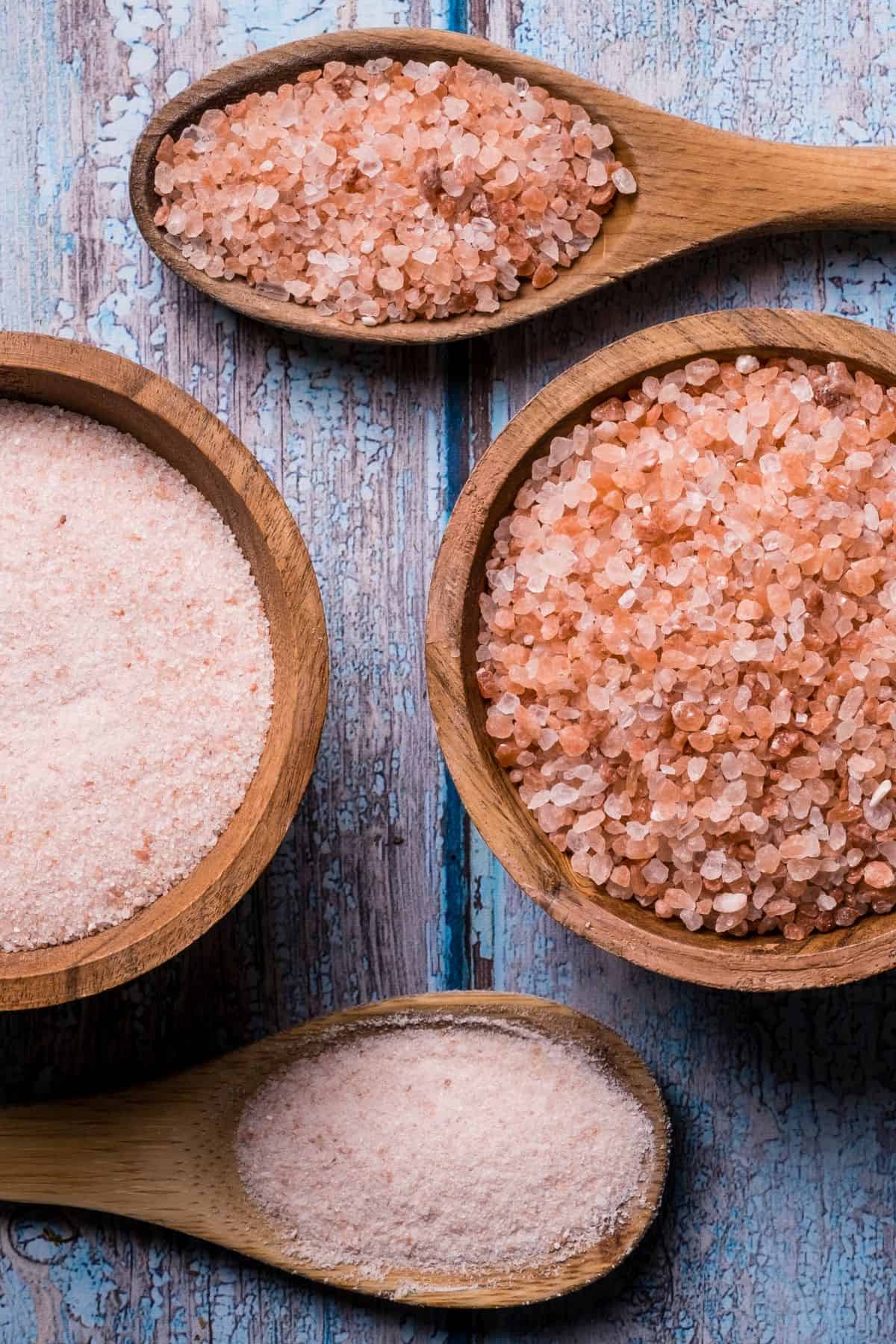
Pink Himalayan sea salt, (also called pink salt, Himalayan pink salt Himalayan crystal salt, or Himalayan rock salt) hails from the Pakistan Himalayas. It gets its rosy hue from trace minerals in the salt. Many claim these minerals are loaded with health-supporting benefits, but there’s little research to back up those claims.
When to use: you can use this natural sea salt for everyday cooking, but it’s saltier than Diamond Crystal kosher salt, so you only need half the amount.
What to know: Himalayan pink salt is also used to make lamps and beauty products such as 3 ingredient Himalayan salt scrub.
Fine Sea Salt
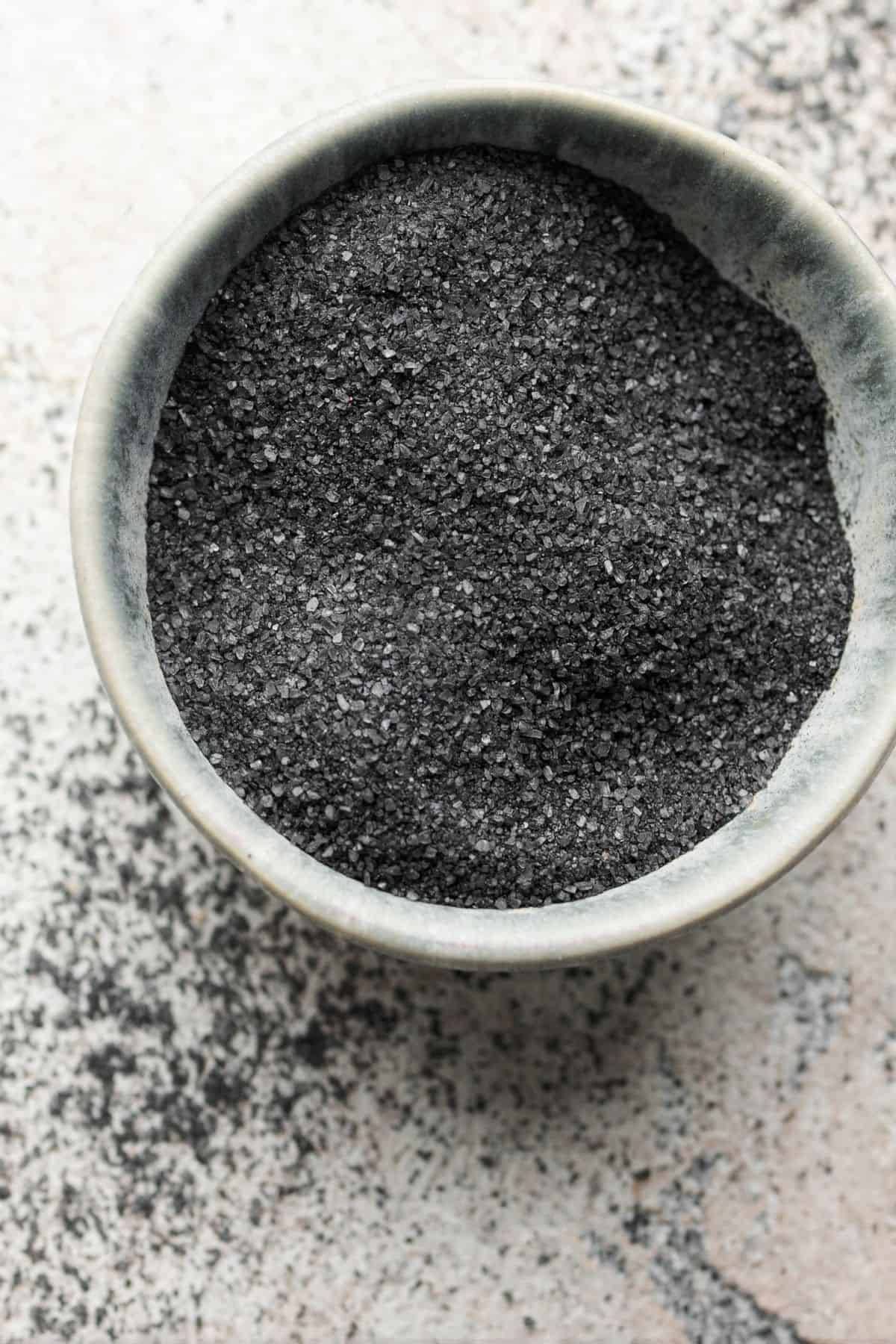
Sea salt is what’s left behind after ocean water evaporates. The salt crystals can be fine, coarse, or flaky. Some of the most popular types are Celtic sea salt (french grey salt), pure sea salt such as Redmond real salt, red or black Hawaiian salt, and smoked sea salts are also great cooking options.
The salt crystals can be fine or coarse, have no additives, and the flavor is more concentrated, which means they have a saltier taste.
When to use: use sparingly in savory dishes and reduce the amount by half in recipes that call for Diamond Crystal kosher salt.
Helpful Salt Guide Tips
Table salt is the default salt at many restaurants and in the majority of processed foods.
Many recipe writers don’t specify what type of salt they’re using, so you should always salt to taste so you don’t under or over-salt your food.
A pinch of salt can mean many different things depending on the type of salt you’re using. If the crystals in your salt are smaller, it’s going to be easier to over-salt your food than if you’re pinching salt with larger crystals. The small crystals dissolve quickly making your food very salty. As a general rule, the larger the salt’s crystals, the less salty it will be. So if you’re using a flaky salt to salt your food, you’d need a larger quantity than if you were using a fine sea salt.
Always put salt in your hand first before directly in the dish so you know exactly how much you’re adding.
It’s easy to over-salt and difficult to recover a dish that is too salty.
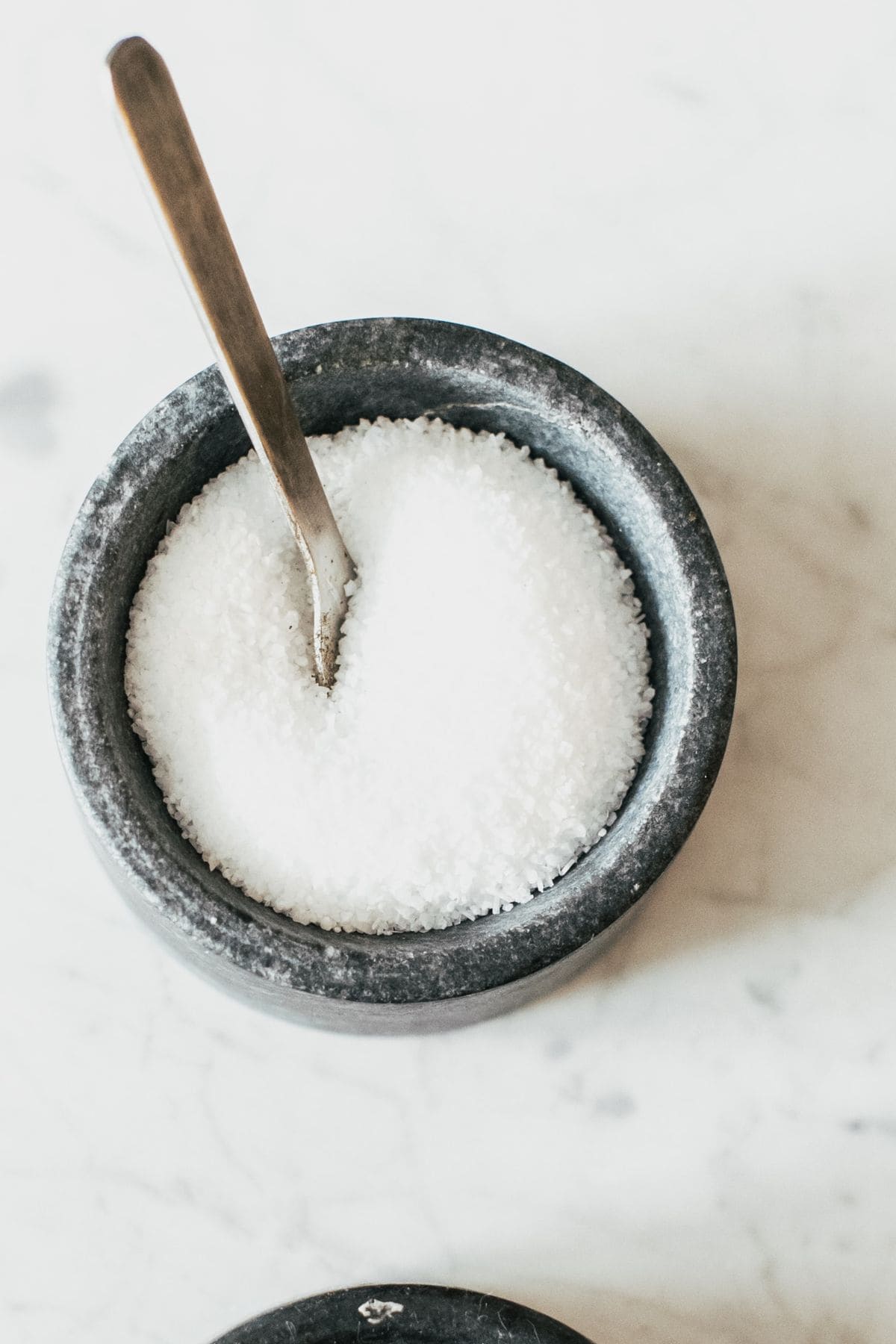
Frequently Asked Questions
The best salt to use is the one that you like. Just know how salty the salt is in your pantry and add it to a dish accordingly. This is the easiest way to not oversalt your food and potentially ruin a dish.
All the recipes on A Nourishing Plate use Diamond Crystal kosher salt unless otherwise stated, so if you’re using anything else, you’ll need to reduce the starting amount by half.
When a recipe says salt to taste, it’s recognizing that there are many different salt varieties and that you should season the dish depending on how it tastes to you, not on a specific amount.
You should always salt to taste, whether a recipe says to or not. It’ll get you more comfortable seasoning your food and you’ll have better tasting dishes more consistently as a result.


Thank you for all of the clarification in this article. I know I have used Kosher salt a few times with the result being a too salty dish. I learned a lot from this!
You’re welcome! I’m so happy this was helpful for you. 🙂